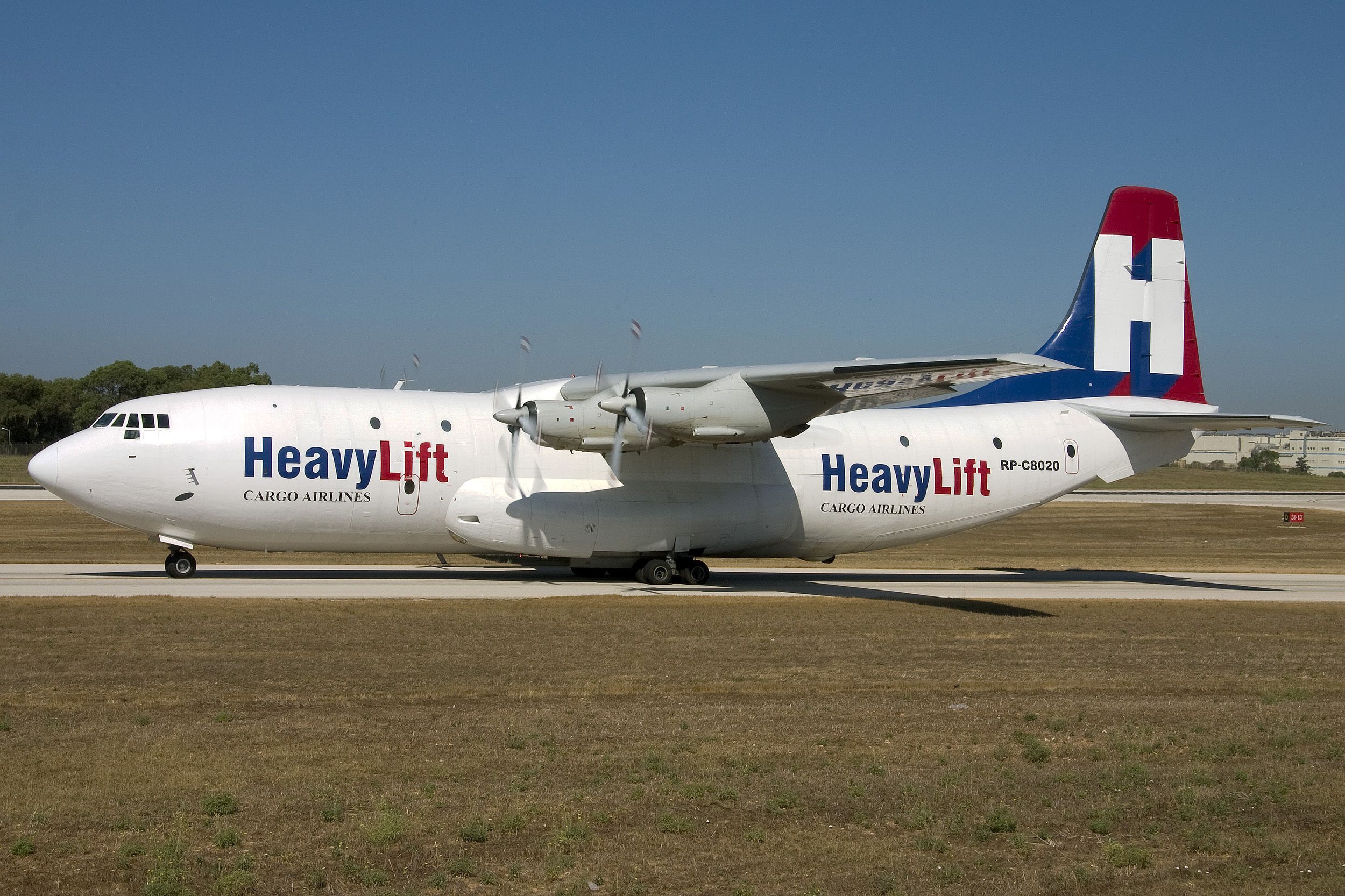Summary The short Belfast, a durable propellor aircraft, flew under RAF and commercial cargo airlines until retirement. Rumors suggest one of ten manufactured examples could return to the skies with the Flying Tigers. Despite ongoing restoration efforts, doubts remain regarding future flight abilities.
Nearly 60 years ago, on January 5th, 1964, the Short Belfast first took to the skies. This unique heavy air freighter was powered by four turboprop engines and was among the largest propellor aircraft ever to enter service with the United Kingdom's Royal Air Force . Manufactured by Short Brothers and named for the Northern Irish capital in which it was built, Short Belfast first entered service in 1966.

For the first decade of its operational history, the aircraft was flown by the RAF, who retired the aircraft in 1976. However, the plane was not done roaming the skies and soon entered service with cargo airlines from the United Kingdom and Australia. Eventually, the aircraft was also retired from commercial operations.
However, surviving airframes can still be seen at Cairns International Airport (CNS) and the RAF Museum Cosford, and there are small whispers that an example could return to the skies in the future. Background and development Crew : Five (two pilots, engineer, navigator and loadmaster) Capacity : 150 troops (250 with removable upper floor installed) / 78,000 lb (35,380 kg) payload Max takeoff weight : 230,000 lb (104,326 kg) Powerplant : 4 × Rolls-Royce Mk.101 turboprop engines Power per engine : 5,730 shp (4,270 kW) By 1957, it had become clear that the RAF was in need of a new heavy air freighter, and Short Brothers believed they just might have the answer.
By reutilizing systems from the Bristol Britannia, the company sought to create massive transport that could carry troops in a two-deck configuration or carry heavy or oversized items like medium-range ballistic missiles (MRBMs). Thus, an aircraft was built to the RAF's many specifications. The aircraft measures over 130 feet long, has a wingspan of nearly 160 feet, and can carry a maximum payload of 103,000 pounds.
Once an iconic heavyweight lifter in the air cargo arena but now long since gone from our skies. The plane's four propellers are driven by Rolls-Royce RB.109 Tyne engines, pushing the massive aircraft to a cruising speed of 335 miles per hour.
With a maximum payload, the lumbering aircraft could travel just 1,000 miles but has a ferry range of over 6,000 miles when operating with a limited load. Photo: Montague Smith | Wikimedia Commons After spending a decade with the RAF's No.53 squadron, the ten examples were then transitioned to a career as civilian freighters.
Three airlines from the UK and Australia acquired and operated the aircraft, including HeavyLift Cargo Airlines, TAC HeavyLift, and Transmeridian Air Cargo. According to the Royal Air Force Museum , "The Belfast could carry 150 fully-equipped troops or a Chieftain tank or two Wessex helicopters. It has enough room in its hold to carry two single deck buses.
It worked all over the world on special flights for the armed forces until phased out of service in 1976. Belfast XR371 was flown to Cosford in the Autumn of 1978." As the 1990s and 2000s came around, the Short Belfast became challenging to operate due to its high fuel consumption and was eventually replaced by cargo jets.
Is there a comeback? Maximum speed : 352 mph (567 km/h, 306 kn) Cruise speed : 336 mph (541 km/h, 292 kn) at 24,000 ft (7,315 m) Range : 1,000 miles (1,610 km, 870 NM) with maximum payload Ferry range : 6,100 miles (9,800 km, 5,300 NM) Service ceiling : 30,000 ft (9,100 m) There are rumors that the massive plane could be making it back into service in the near future. This September, the Dutch Aviation Society reported that a Short Belfast could be returned to service with operator Flying Tigers. The history of the Short 360.
Restoration work has been ongoing on this airframe, which currently sits at Cairn Airport. The turboprop has received a new cockpit, and upgrades to the plane's avionics are well underway. All four of the aircraft's engines have been examined and thoroughly tested, alongside the plane's four Rolls-Royce Tyne engines and control surfaces.
Nonetheless, the airframe is still relatively ancient, at nearly 60 years old. Despite this, there are still whispers that the iconic aircraft could take off again soon. That said, it is not entirely clear what the plane could or will be used for, and most still doubt it will ever fly again.
The LM-100J provides companies with outsized cargo lift to remote and austere locations around the world..



















